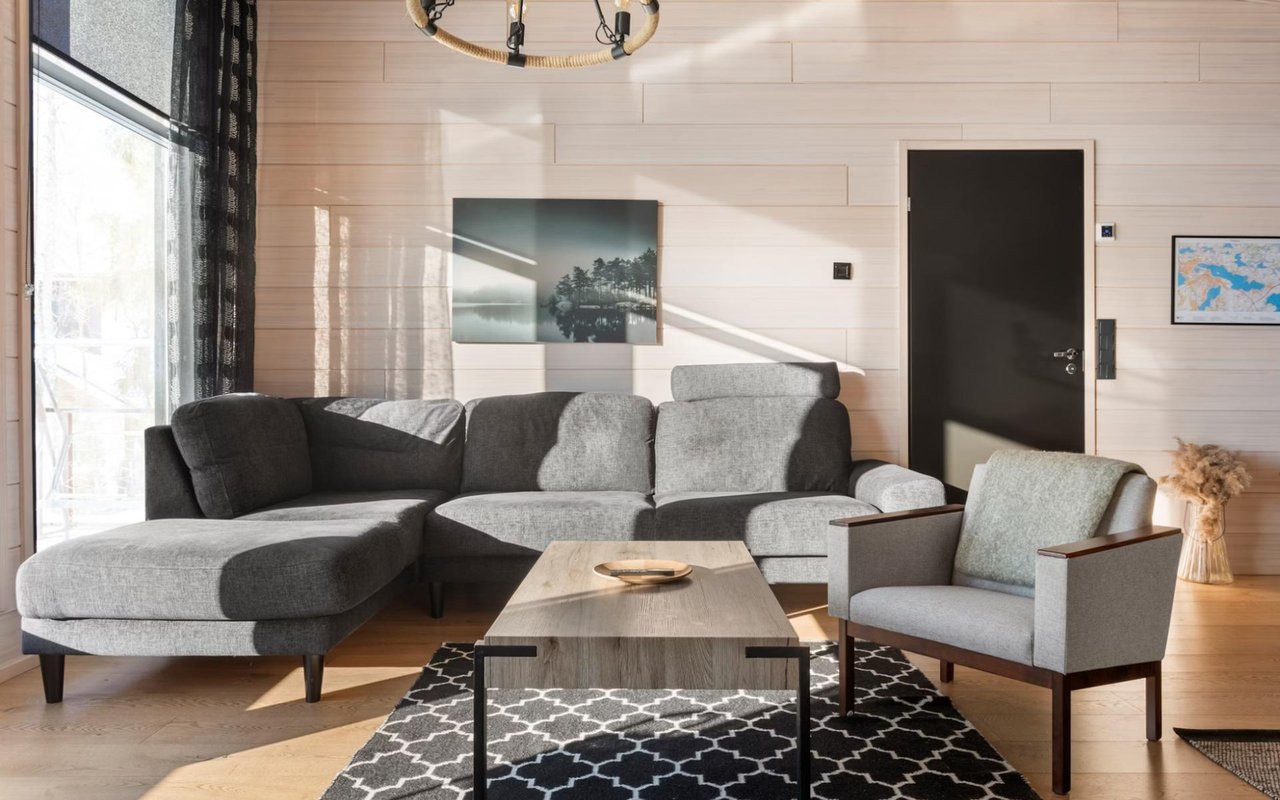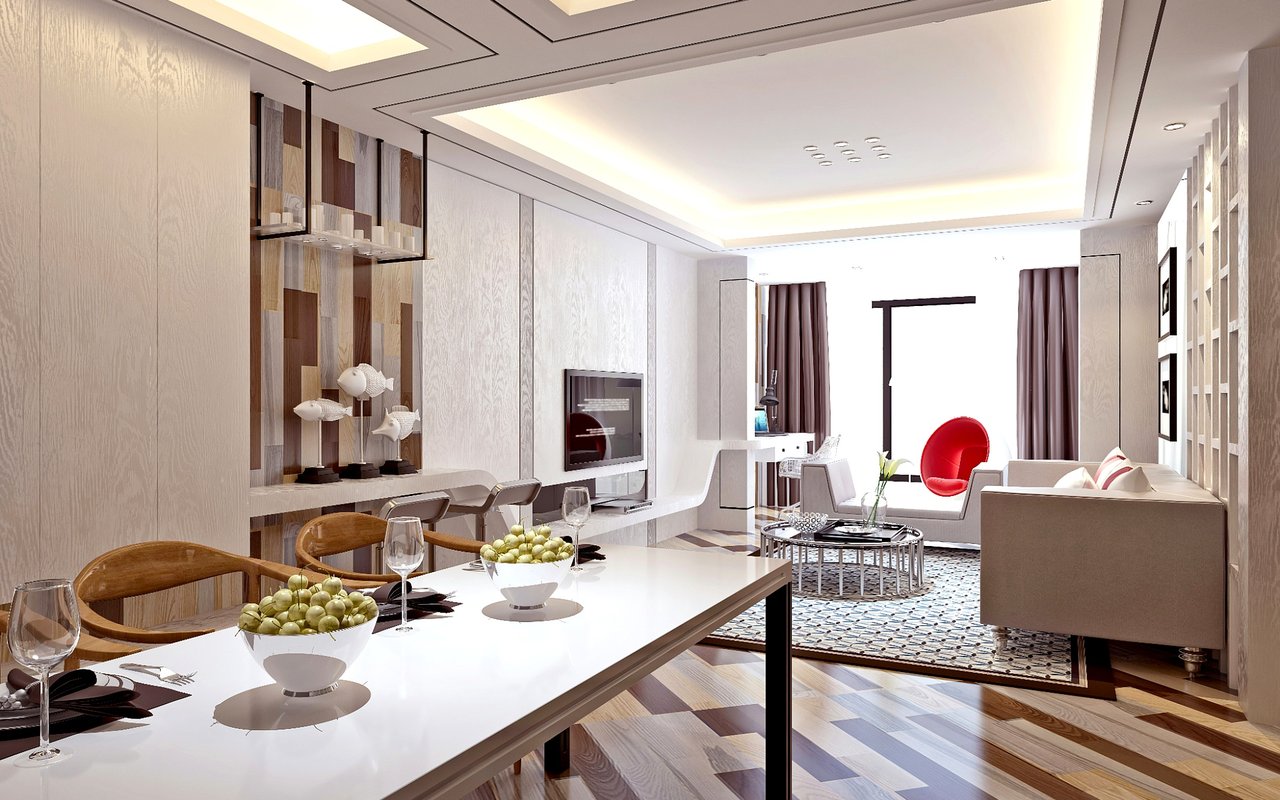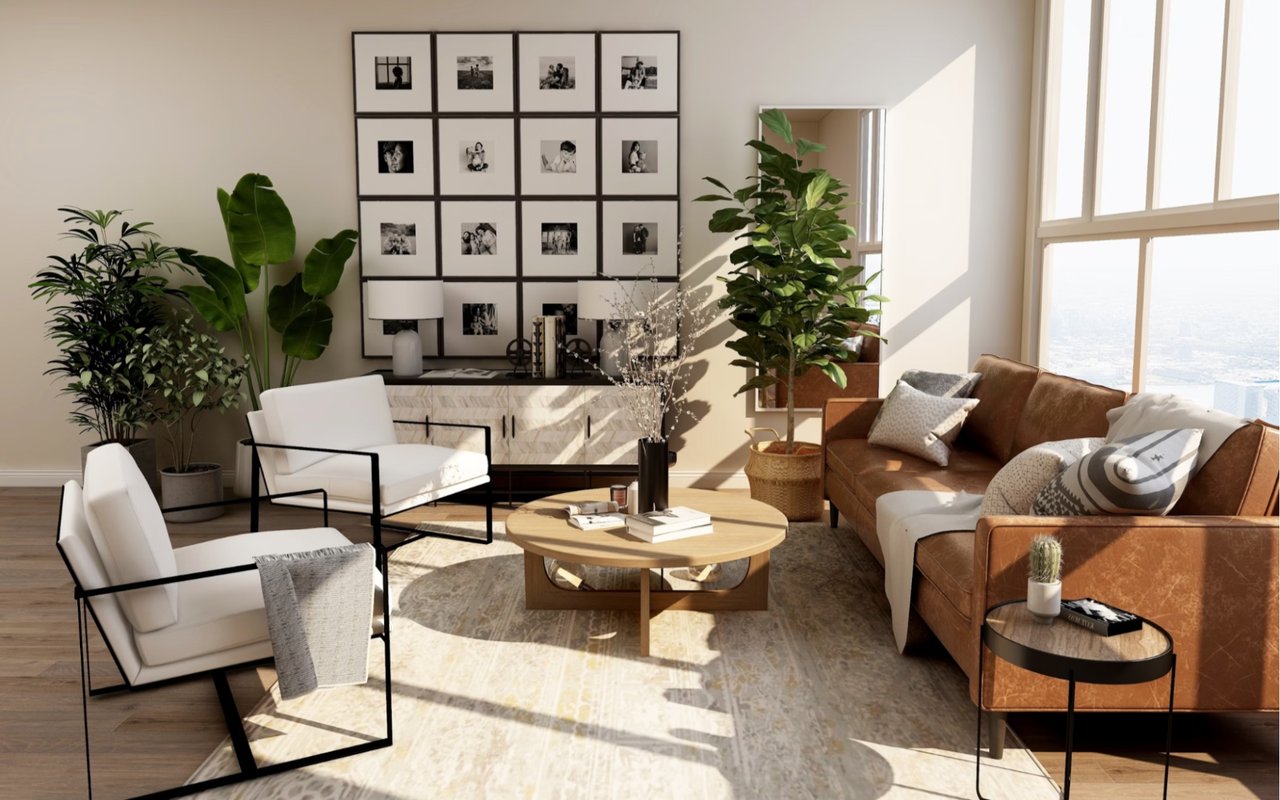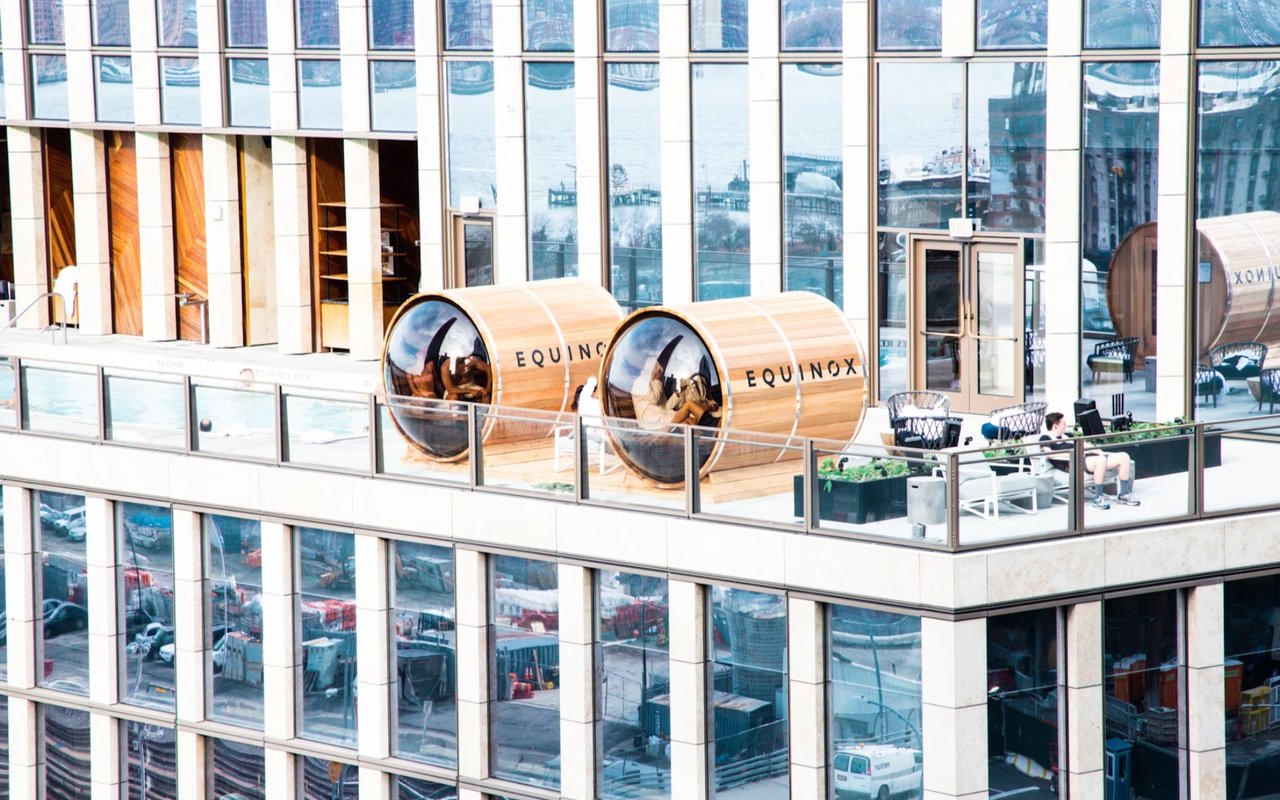Sunlight can transform even the smallest rooms, bringing a sense of calm and warmth to your everyday environment. In a Manhattan, NYC, apartment, where square footage comes at a premium and buildings often compete for daylight, making the most of every available ray is essential. Whether you're living in a pre-war unit with thick walls or a sleek glass-clad high-rise, there are design strategies that help you maximize the natural light you do have. Let’s explore the practical and aesthetic solutions that bring out the best in your living space while keeping the city’s unique architecture and lighting patterns in mind.
Choose Light-Reflecting Colors and Finishes
Wall colors influence how much light bounces through your space. While stark white walls are often touted as the best way to brighten a room, off-white tones, soft beiges, and pale grays work just as effectively, often with a bit more warmth. These hues reflect incoming daylight without making your home feel cold or sterile.
Paint finishes also matter. Semi-gloss and satin finishes reflect more light than matte alternatives, especially on trim, moldings, and ceilings. These subtle changes can make a big impact in a Manhattan apartment with smaller windows or fewer exposures.
Mirrored and metallic accents—like polished chrome fixtures or a glass coffee table—create additional reflective surfaces. Strategically placed, they enhance natural light flow across your room.
Paint finishes also matter. Semi-gloss and satin finishes reflect more light than matte alternatives, especially on trim, moldings, and ceilings. These subtle changes can make a big impact in a Manhattan apartment with smaller windows or fewer exposures.
Mirrored and metallic accents—like polished chrome fixtures or a glass coffee table—create additional reflective surfaces. Strategically placed, they enhance natural light flow across your room.
Consider the Window Treatments Carefully
Window coverings should allow for privacy without sacrificing brightness. Heavy curtains, especially in dark fabrics, can block sunlight even when open. Instead, opt for sheer, linen, or lightweight cotton drapes in neutral tones. These materials soften direct sun while allowing daylight to pass through.
Another excellent option for city apartments is top-down, bottom-up shades. These allow light to enter from above while maintaining privacy at street level—a useful feature when living close to your neighbors in Manhattan, NYC.
Consider motorized roller shades in a light-filtering fabric for a clean and modern approach. These are popular in newer developments and make it easier to control sunlight throughout the day.
Another excellent option for city apartments is top-down, bottom-up shades. These allow light to enter from above while maintaining privacy at street level—a useful feature when living close to your neighbors in Manhattan, NYC.
Consider motorized roller shades in a light-filtering fabric for a clean and modern approach. These are popular in newer developments and make it easier to control sunlight throughout the day.
Rethink Your Furniture Layout
If your sofa, dresser, or bookcase is blocking a window, it’s time to reassess the layout. Rearranging furniture to keep windows unobstructed is one of the most straightforward ways of maximizing natural light in any apartment.
Floating furniture—especially in open-plan units—encourages better light circulation and reduces shadows. Low-profile pieces also help prevent light from being blocked or absorbed. In smaller spaces, multi-functional furniture with sleek profiles and light-colored finishes can open the room visually while allowing light to move freely. Glass-topped tables, acrylic chairs, or open shelving can also make a big difference. These elements add function without interrupting the path of sunlight through your home.
Floating furniture—especially in open-plan units—encourages better light circulation and reduces shadows. Low-profile pieces also help prevent light from being blocked or absorbed. In smaller spaces, multi-functional furniture with sleek profiles and light-colored finishes can open the room visually while allowing light to move freely. Glass-topped tables, acrylic chairs, or open shelving can also make a big difference. These elements add function without interrupting the path of sunlight through your home.
Use Mirrors to Multiply Light
Mirrors are powerful tools for reflecting natural light. A well-placed mirror, especially across from or adjacent to a window, can bounce daylight deeper into your apartment.
Oversized mirrors work particularly well in narrow Manhattan apartments, helping spaces feel larger and more open. Consider mirrored closet doors or a floor mirror angled near a window to brighten a room that otherwise feels dim. In hallways or dark corners, a gallery of smaller mirrors can act as an artistic installation while enhancing the overall brightness of your home.
Oversized mirrors work particularly well in narrow Manhattan apartments, helping spaces feel larger and more open. Consider mirrored closet doors or a floor mirror angled near a window to brighten a room that otherwise feels dim. In hallways or dark corners, a gallery of smaller mirrors can act as an artistic installation while enhancing the overall brightness of your home.
Incorporate Glass and Transparent Materials
In open-concept units or loft-style apartments, internal glass partitions allow light to travel between spaces without sacrificing separation. If your layout permits it, swapping a solid door for a glass-paneled option—even if it’s frosted—can improve light flow between rooms.
For shelving and décor, glass and acrylic materials help maintain sightlines and reduce visual clutter. In kitchens and bathrooms, glass tile backsplashes reflect both natural and artificial light, adding a subtle gleam that enhances brightness.
For shelving and décor, glass and acrylic materials help maintain sightlines and reduce visual clutter. In kitchens and bathrooms, glass tile backsplashes reflect both natural and artificial light, adding a subtle gleam that enhances brightness.
Maintain Spotless Windows
It may seem obvious, but clean windows can significantly impact how much light enters your apartment. Urban dust and water residue from New York’s variable weather can build up quickly, reducing visibility and blocking precious daylight.
Make window cleaning part of your regular routine—ideally once a month, depending on your building's exposure and elevation. Use a streak-free cleaner or a solution of vinegar and water, and don’t forget the frames and sills, which can also accumulate grime over time. For windows that are difficult to access, especially in older walk-ups or high-rise buildings, hiring a professional cleaner may be the safest and most effective choice.
Make window cleaning part of your regular routine—ideally once a month, depending on your building's exposure and elevation. Use a streak-free cleaner or a solution of vinegar and water, and don’t forget the frames and sills, which can also accumulate grime over time. For windows that are difficult to access, especially in older walk-ups or high-rise buildings, hiring a professional cleaner may be the safest and most effective choice.
Upgrade Interior Lighting to Complement Natural Light
Natural light shifts throughout the day. To keep your space consistently bright, pair it with layered interior lighting. Start with ambient light from ceiling fixtures, then add task lighting where needed, such as desk lamps, sconces, or under-cabinet lights. Choose bulbs that emit a warm or neutral white glow, ideally around 3000K to 4000K. These tones most closely mimic natural daylight without being overly harsh or clinical.
Consider installing daylight-mimicking LED panels if your apartment has limited window exposure, especially in spaces like bathrooms or interior bedrooms. These are available in modern, flush-mount designs and can brighten a room that lacks direct sunlight.
Consider installing daylight-mimicking LED panels if your apartment has limited window exposure, especially in spaces like bathrooms or interior bedrooms. These are available in modern, flush-mount designs and can brighten a room that lacks direct sunlight.
Match Your Design Approach to Building Orientation
Understanding your apartment’s orientation is key. North-facing units tend to receive indirect, consistent light throughout the day, while south-facing ones enjoy stronger, more direct sun. East-facing apartments will feel brighter in the morning, while west-facing units glow in the late afternoon.
Tailor your design strategy accordingly. In north-facing rooms, use warm tones and reflective surfaces to amplify what light is available. For sunnier exposures, balance bright daylight with cooler colors and UV-filtering treatments to prevent fading. This customized approach ensures you’re making the most of your specific apartment rather than applying a one-size-fits-all solution.
Tailor your design strategy accordingly. In north-facing rooms, use warm tones and reflective surfaces to amplify what light is available. For sunnier exposures, balance bright daylight with cooler colors and UV-filtering treatments to prevent fading. This customized approach ensures you’re making the most of your specific apartment rather than applying a one-size-fits-all solution.
Realistic Expectations Lead to Smarter Results
Not every apartment in Manhattan, NYC, offers floor-to-ceiling windows or panoramic southern exposure. Tall neighboring buildings and historical layouts often mean light comes in selectively and at angles. But through a blend of smart design decisions, you can achieve a space that feels more open, calm, and naturally bright.
Work With The De Niro Team
When you’re ready to trade out your Manhattan, NYC, apartment for a permanent residence, such as a condominium or penthouse, it’s imperative to have local experts by your side. The De Niro Team understands the nuances of Manhattan real estate. Whether you’re buying a sunlit loft in SoHo, upgrading to a space in the Upper West Side, or seeking a studio in Midtown, the team brings precision and insight to every step of the process. From identifying listings to recommending vetted design professionals once you’re in your new property, their team ensures your home works for you in every way. Partner with The De Niro Team to navigate the Manhattan real estate market with confidence, clarity, and expert attention to detail.
*Header image courtesy of Unsplash
*Header image courtesy of Unsplash




